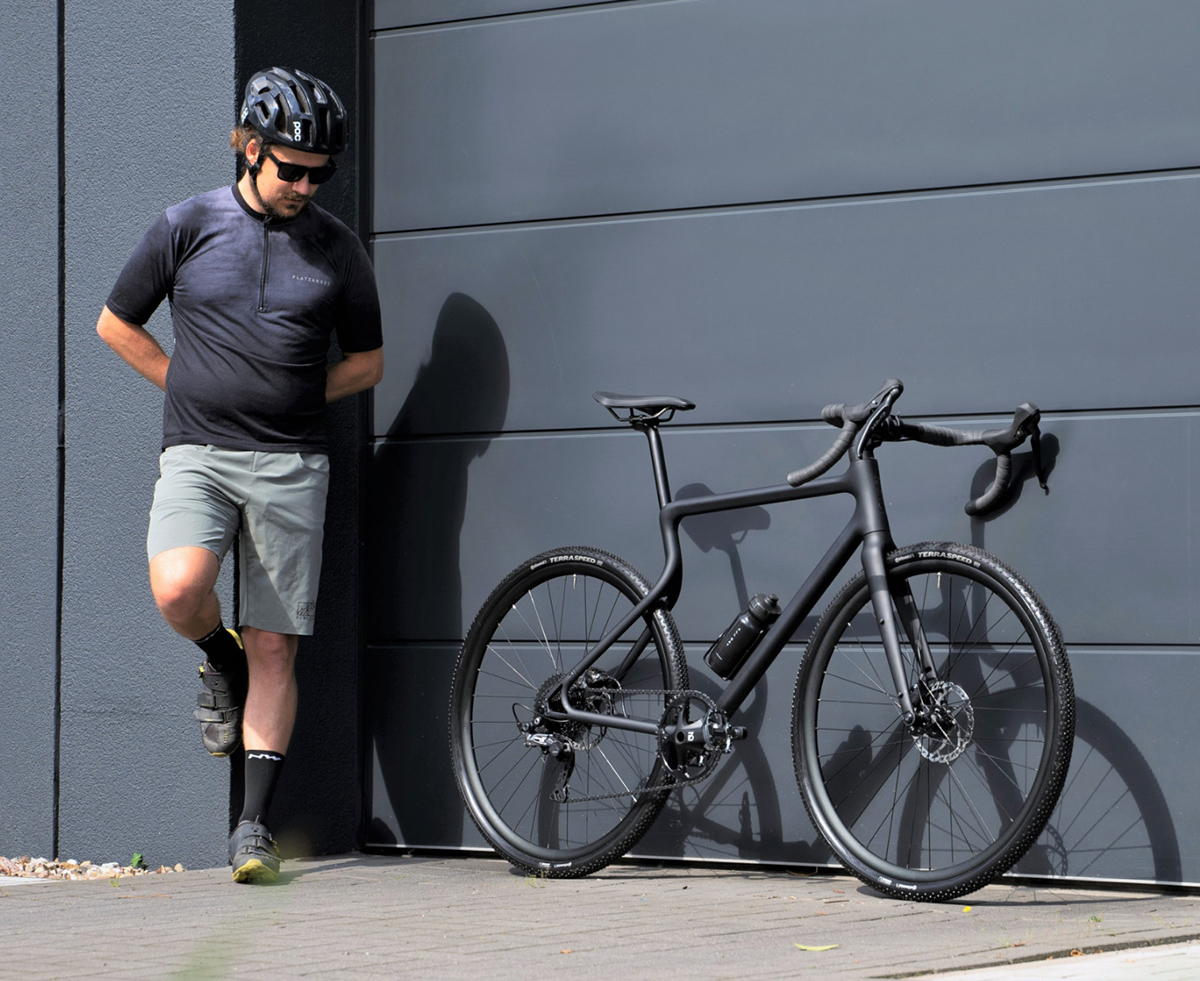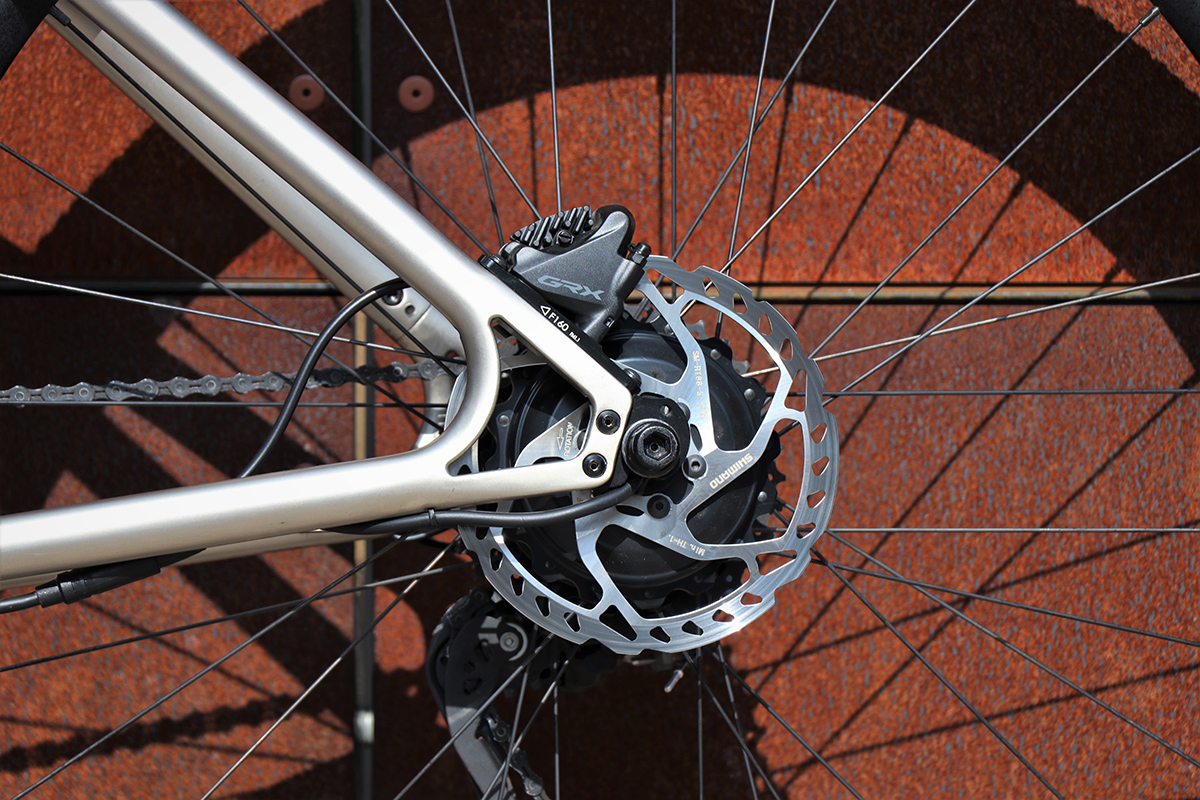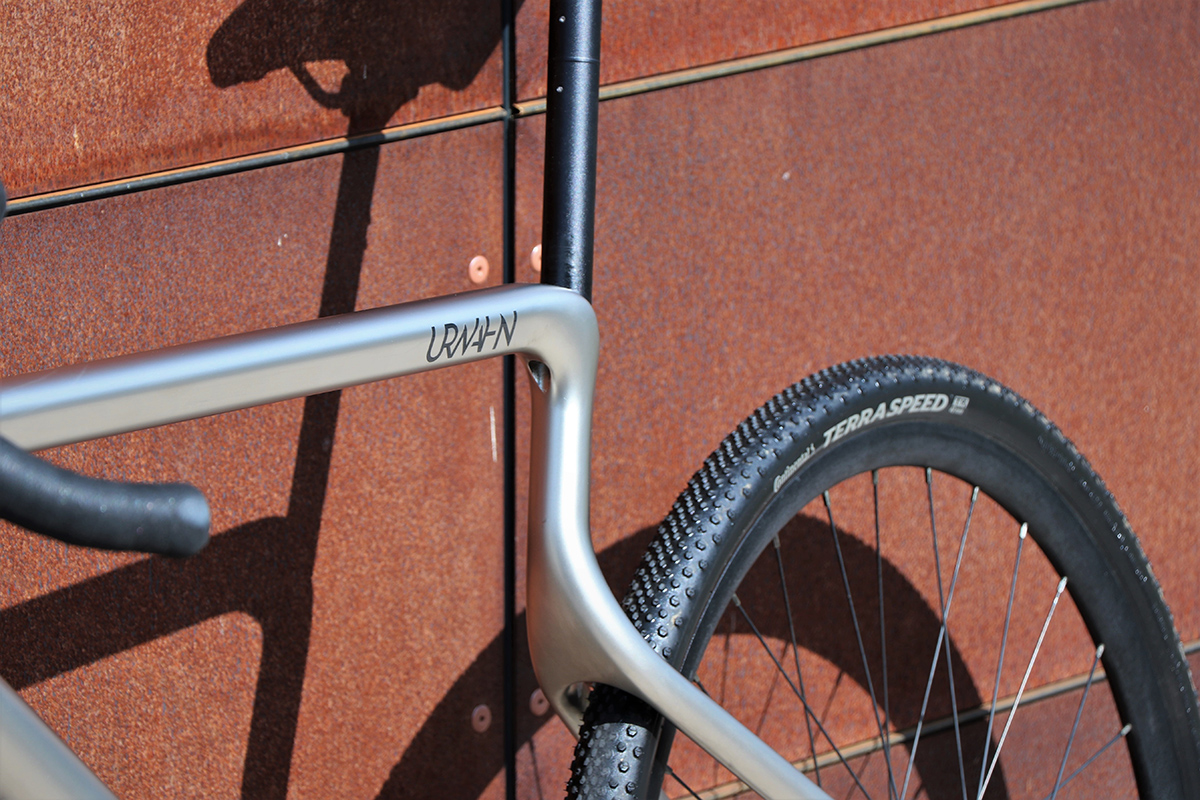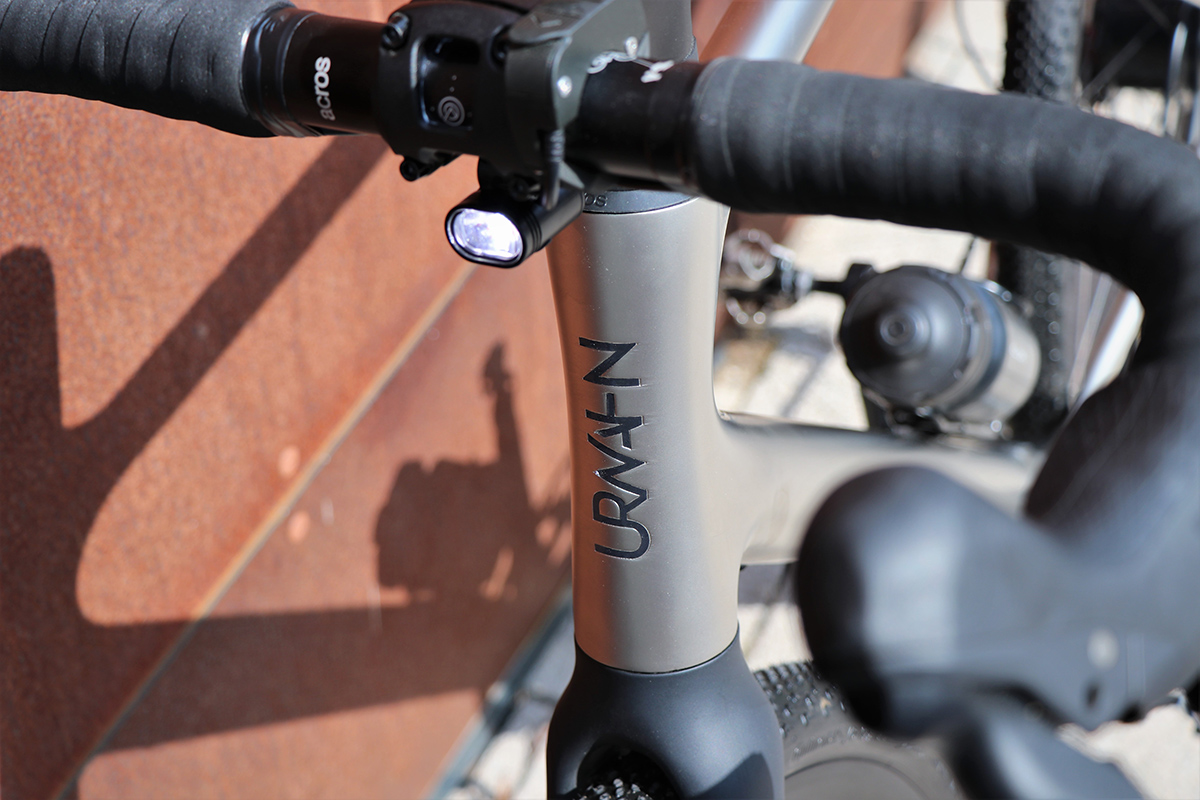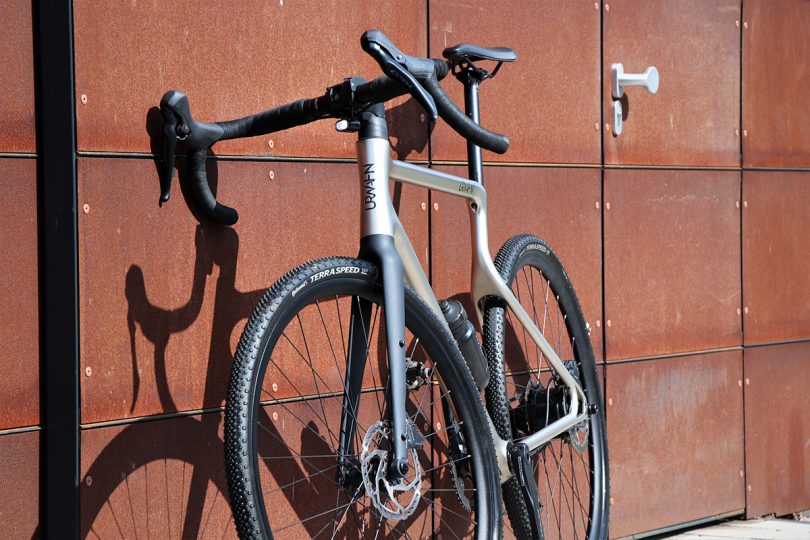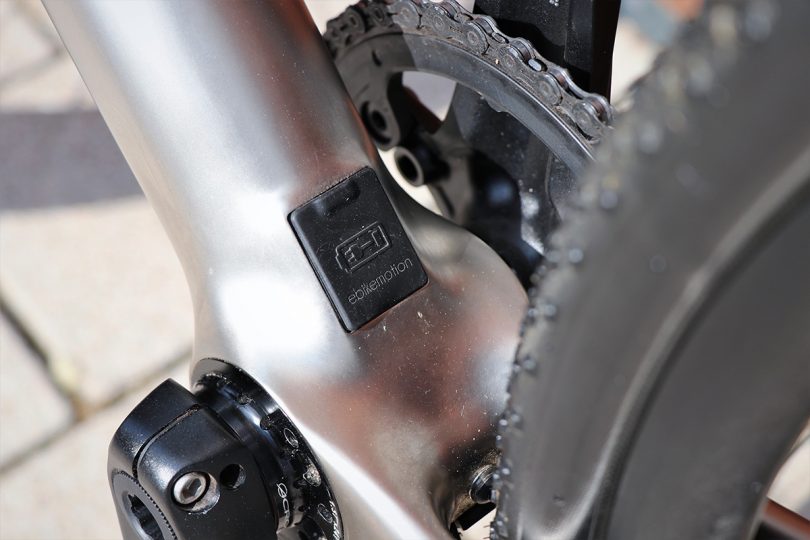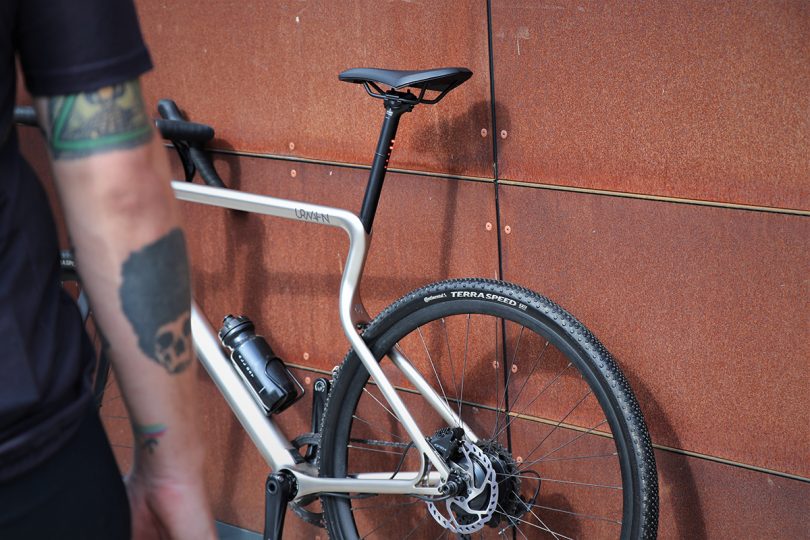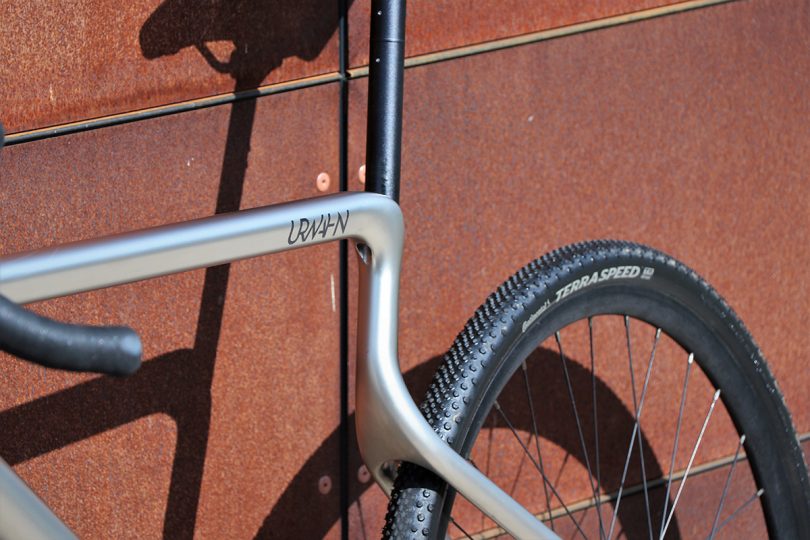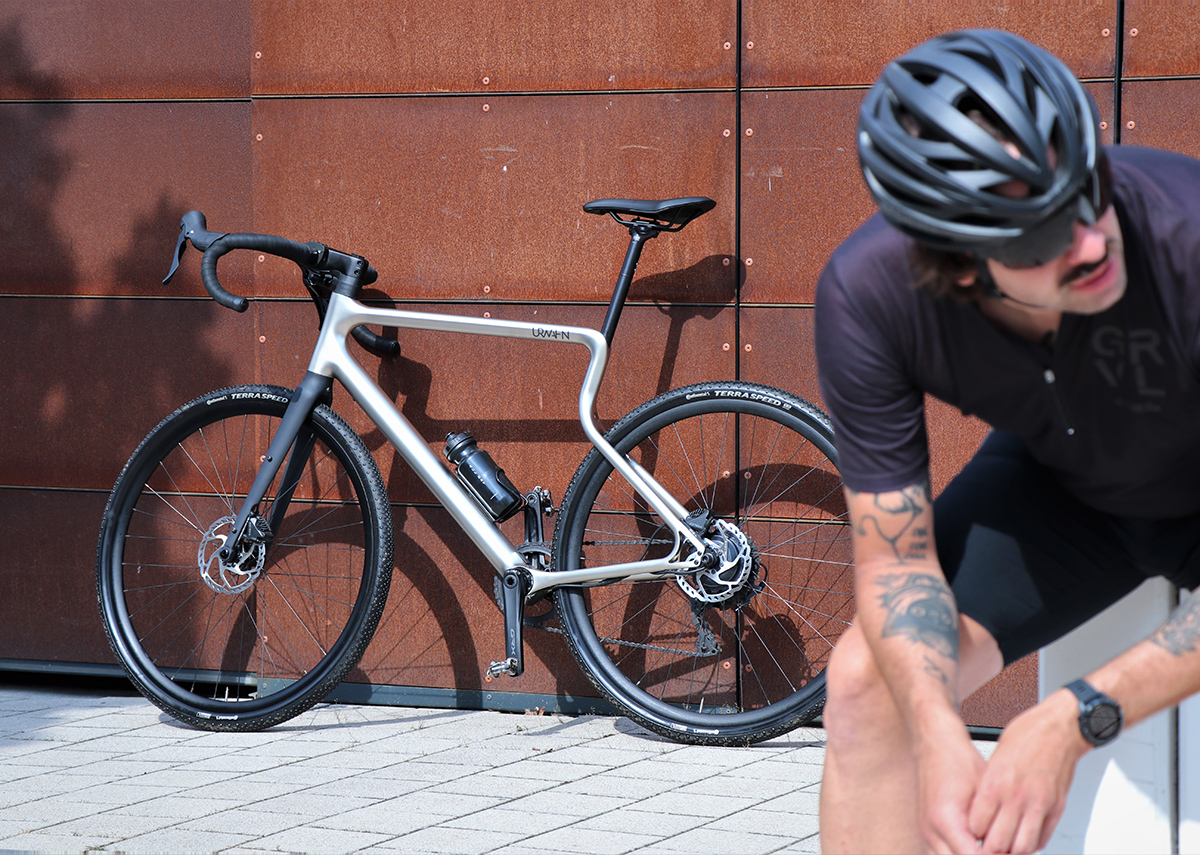
German bicycle manufacturer Urwahn Bikes’s designs stand out for their notable and noticeable organically shaped cro-moly steel frames, two-wheeled designs engineered to easily transition from an urban surface onto gravel – an ideal option for someone who commutes but also enjoys weekend adventuring. Their latest Waldwiesel.E Gravel E-Bike adds an element of electrification to the mix, integrating an internal battery and drive inconspicuously within its subtly bent 3D-printed frame designed to hide away its technological assistance from view while maintaining an eye-catching silhouette.
Created in-house by Urwahn Bikes’s designer Sebastian Meinecke, the Waldwiesel.E abandons the conventional bicycle diamond geometry for an distinct bent frame that completely subtracts the seat tube, resulting in an elegant hitch with open rear intended to provide a more comfortable ride with a form similar to a modern carbon frame bicycle. The company’s 3D-printed steel frame is impressive visually as a whole, but also notable because the absence of any visible seams (early efforts for this purpose include their Stadtfuchs eBike made in collaboration with Austrian custom motorcycle brand Vagabund Moto).
The gravel bike’s internal battery is accessible for maintenance through a bottom bracket opening, supplying the rear motor with 250 Wh of power good for a range of 80km (or about 50 miles). If that isn’t sufficient for your pedaling journey, there’s also an option for a water bottle shaped range extender that adds another 208 Wh of power for another 40-60 km of electrically-aided power, making an electric-assisted 100 mile journey a possibility between charges.
The rear motor itself is speed-controlled, delivering W40 Nm of torque. In combination with the Shimano GRX 1-11-speed shifting group, riders can tap into the bike’s electric system using a thumb shifter, enabling three different riding modes (eco, sporty, burst) and optionally also controls the lighting system.

The Waldwiesel is also available in a bio-bike variant, sans electric drive assist, relying upon leg power and a Shimano GRX 1-11-speed shifting group.
The Waldwiesel sans electric motor in its Bio-Bike variant is available starting from €4.499,00 (approximately $5,292 USD), with the electric assistant variant Waldwiesel.E starting from €5.499 ($6,466), each with an assortment of color options and optional accessories available.


